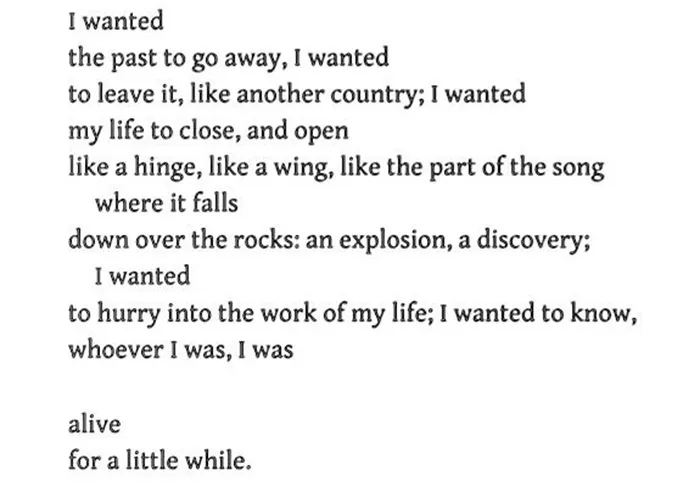Welcome to Poem of the Day – Dogfish by Mary Oliver
Mary Oliver is one of the most beloved poets of the 20th and 21st centuries. Her poetry often focuses on nature, life, and self-discovery. In her poem “Dogfish,” Oliver explores themes of survival, resilience, and the connection between the human experience and the natural world. This article will break down the poem’s meaning, themes, and literary devices.
Dogfish Explanation
Summary of “Dogfish”
In “Dogfish,” Oliver describes the dogfish, a type of small shark, in vivid detail. She observes how it moves through the water, highlighting its strength and survival instincts. As the poem progresses, Oliver shifts from describing the fish to reflecting on her own life. She compares the dogfish’s existence to human struggles, emphasizing the idea of perseverance in a challenging world.
The poem ends with a realization about self-worth and personal growth. Oliver uses the dogfish as a metaphor for resilience and the ability to navigate hardships.
Themes in “Dogfish”
1. Survival and Resilience
The dogfish, as portrayed in the poem, is a survivor. It adapts to its environment, just as people must adapt to life’s challenges. Oliver suggests that strength comes from persistence and the willingness to move forward.
2. The Natural World as a Teacher
Like much of Oliver’s poetry, “Dogfish” highlights how nature can teach us valuable life lessons. Observing the dogfish helps the speaker gain insight into her own struggles and personal journey.
3. Self-Discovery and Growth
Through her reflection on the dogfish, the speaker comes to a deeper understanding of herself. The poem encourages readers to embrace their own resilience and learn from life’s obstacles.
Literary Devices in “Dogfish”
1. Imagery
Oliver uses rich and detailed imagery to bring the dogfish to life. Phrases like “knife-blade fins” and “a grin of white teeth” paint a vivid picture of the fish and its fierce nature.
2. Metaphor
The dogfish serves as a metaphor for human endurance. Just as the dogfish survives in the ocean, people must learn to navigate their own challenges.
3. Tone
The tone of the poem shifts from observational to reflective. At first, Oliver describes the fish with curiosity and admiration. As the poem continues, her tone becomes introspective, leading to a personal revelation.
Conclusion
“Dogfish” by Mary Oliver is a powerful poem that connects the natural world to human experiences. Through vivid imagery and thoughtful reflection, Oliver explores themes of survival, resilience, and self-discovery. The poem encourages readers to find strength in their own lives, just as the dogfish persists in its environment.
Mary Oliver’s poetry continues to inspire and remind us of the wisdom found in nature. “Dogfish” is a perfect example of how her work transforms simple observations into profound life lessons.

